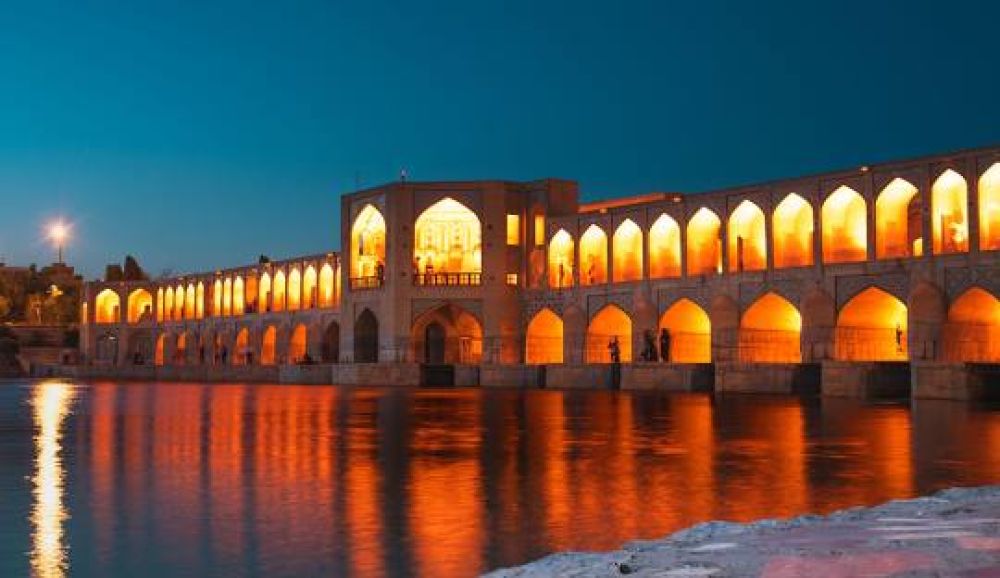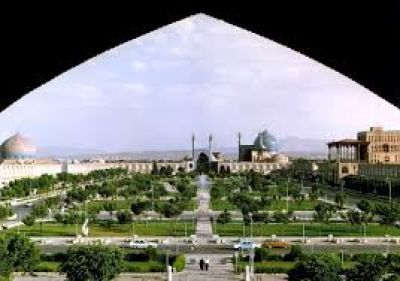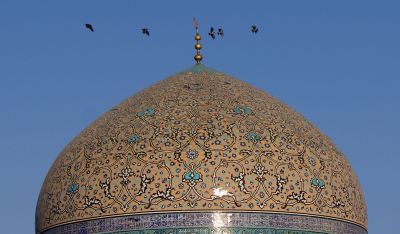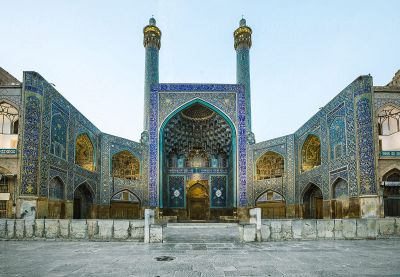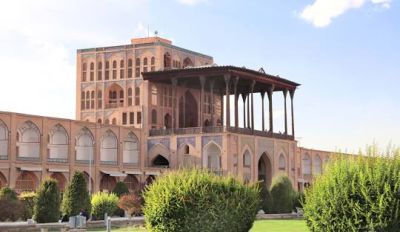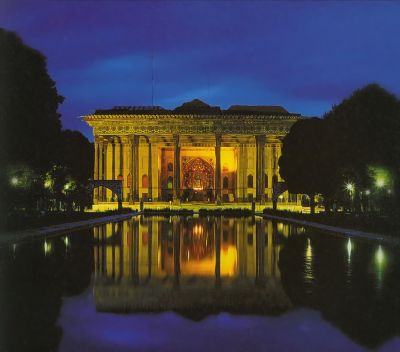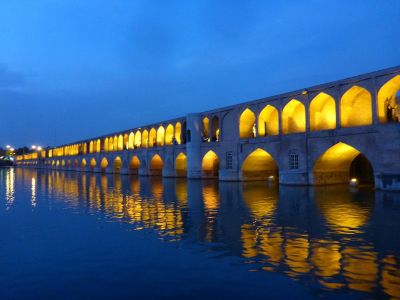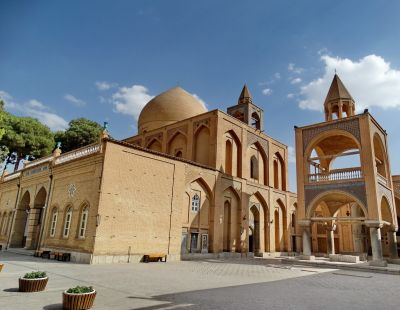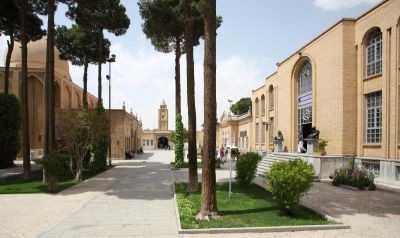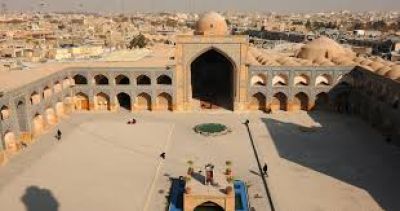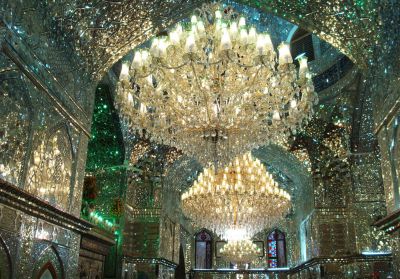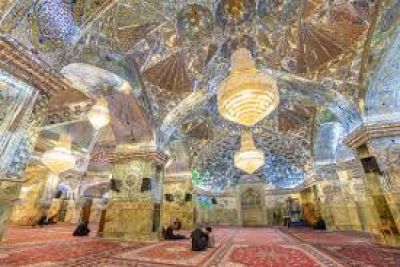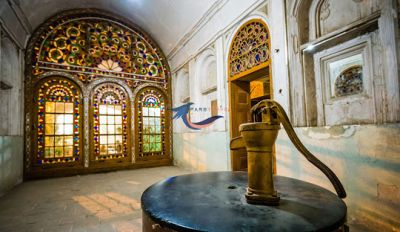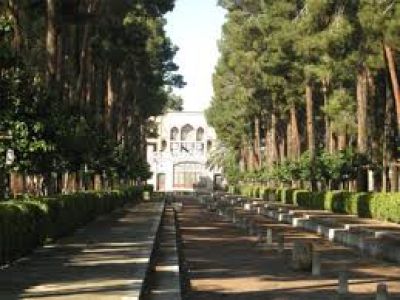Khaju Bridge, Isfahan, Iran: A Historical Perspective on Tourism
The Khaju Bridge in Isfahan, Iran is not just a bridge but a prime example of Persian architecture, which has attracted travelers and scholars alike for centuries. Built around 1650 under the reign of Shah Abbas II, it serves both as a bridge and a dam, and it is one of the most famous examples of Safavid architecture.
The History of Tourism at Khaju Bridge
Tourism at Khaju Bridge dates back to the Safavid era when Isfahan was the capital of Persia. The city's significance as a cultural and economic center made it a hub for travelers, traders, and intellectuals. The Khaju Bridge, with its intricate tile work and superb structural engineering, quickly became a subject of interest among the visitors.
Throughout the centuries, the bridge has been preserved and recognized as a cultural heritage site. The area around the Khaju Bridge has traditionally been a gathering place for locals and tourists to enjoy the scenic views of the Zayandehrud River, hold public meetings, and socialize during the evenings, making it an essential aspect of Isfahan's social life.
Modern Tourism and the Khaju Bridge
Today, the Khaju Bridge continues to be a focal point for tourists visiting Iran. It is known not only for its historical significance but also for its role in the cultural fabric of Isfahan. Visitors are often seen marveling at its beauty, especially in the late afternoons when the setting sun casts a golden hue over the structure, illuminating the colored tiles.
Restoration and Conservation Efforts
Recognizing its importance, the Iranian government and various international organizations have undertaken significant efforts to restore and conserve the Khaju Bridge. These initiatives ensure that the bridge remains stable and retains its aesthetic appeal, enabling future generations to experience its grandeur.
Latest Tourism Trends at Khaju Bridge
The latest trends in tourism at Khaju Bridge include the incorporation of modern technology to enhance the visitor experience. Augmented reality apps now offer immersive tours, providing historical context and allowing visitors to see how the bridge might have looked in the past.
Eco-tourism is also gaining traction. Travelers increasingly seek out responsible ways to enjoy historical sites like Khaju Bridge while minimizing their environmental footprint. Programs that combine tourism with education on environmental conservation are becoming popular.
Lastly, in the era of social media, the Khaju Bridge is frequently showcased on platforms like Instagram and Facebook, where photos and experiences shared by visitors serve as an invitation for future travelers, helping to maintain the bridge's status as a must-visit destination in Isfahan.
Visitor Information
Tourists can visit the bridge at any time, as it remains open 24 hours a day. The best time to visit is in the spring or fall when the climate is most pleasant. To fully appreciate the history and architectural details of the Khaju Bridge, it is advisable to hire a local guide or take a guided tour.
In conclusion, the Khaju Bridge remains one of Iran's most treasured landmarks, embodying the nation's rich heritage and drawing visitors from around the world. Its historical significance, coupled with modern attractions, ensures that its allure among tourists endures.
